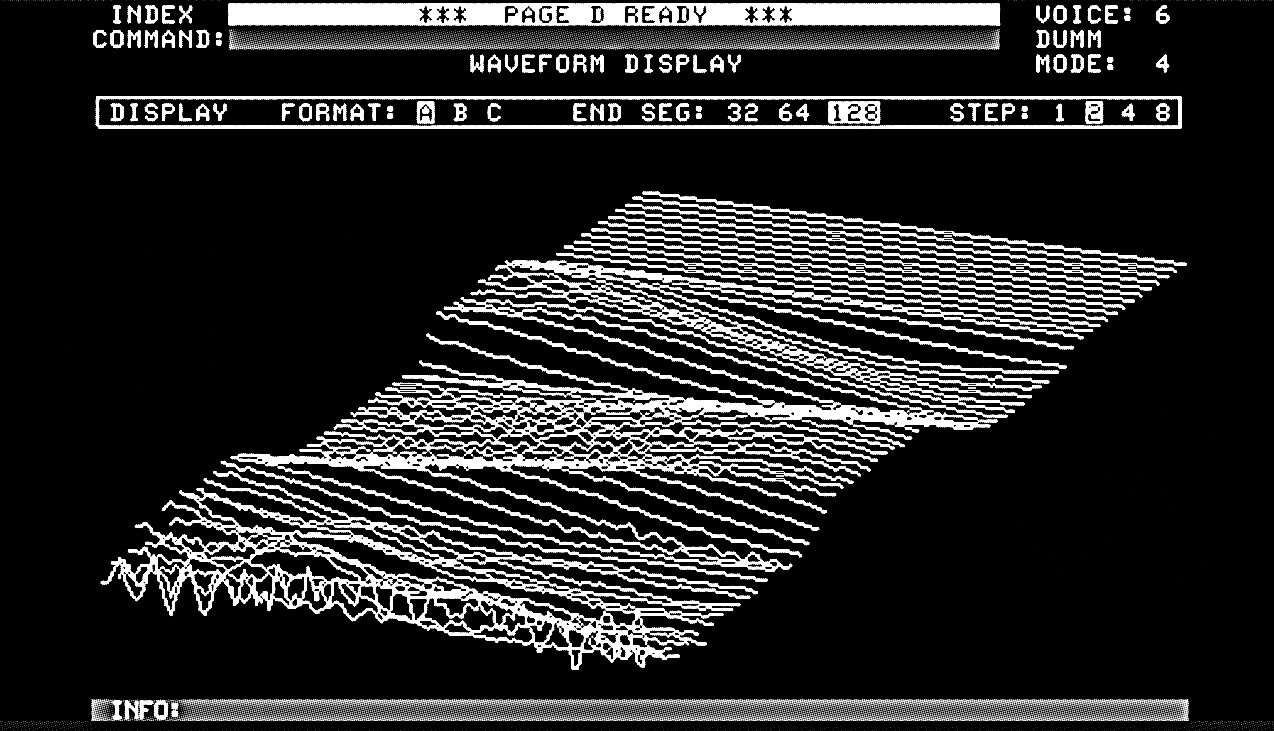Thanks so much to Jaco & Co. for turning me on to this fantastic three hour (!) conversation with production hero Trevor Horn:
Hearing Horn’s ’80s production work when it was new and still otherworldly had the hugest influence on me, as his sound transformed my teenage daydream goal of rock star to music producer. When I heard Frankie’s Welcome To The Pleasuredome (with its insane technical details in the CD liner notes), Propaganda’s A Secret Wish, and – especially – (Who’s Afraid Of) The Art Of Noise? I had to know exactly how these recordings were made. This led me down a rabbit hole that I’m still enjoyably descending.
Fondest memory of the time: via Art Of Noise, learning about this thing called a ‘digital sampler’ and then, mind blown, writing down a long list of all the household objects I would sample once I eventually acquired one. That record rewired my brain and the way I listened to everything around me. And, before you ask, I, unfortunately, have no idea what happened to that list.
One of my favorite parts of this conversation (hosted by Trevor Jackson who gets some delightful anecdotes out of his subject) is when Horn talks about his Fairlight CMI sampler, bought using “Video Killed The Radio Star” royalty. (An aside: this made me think how different music production history would be if that record hadn’t been a hit!) Horn reckons that he was the only prominent Fairlight owner who treated the device with a sense of humor, the other early UK Fairlight-ers being Peter Gabriel and Kate Bush. This was cool to hear as the fun and levity that Trevor Horn (and Fairlight engineer / Art Of Noise member J. J. Jeczalik) brought to sampling was one of my attractions to this work, and shaped how I approach my time in the studio. I think you can hear this in my own music.
Trevor Jackson’s musical selections in this show lean toward rare remixes from the period and it’s fascinating how prescient they were, and how Horn somewhat humbly downplays their brilliance. I was reminded of this stunning (and, yes, humorous) 1986 remix of Frankie’s “Rage Hard” which I hadn’t heard since it was relatively new, and I’d totally forgotten about it:



